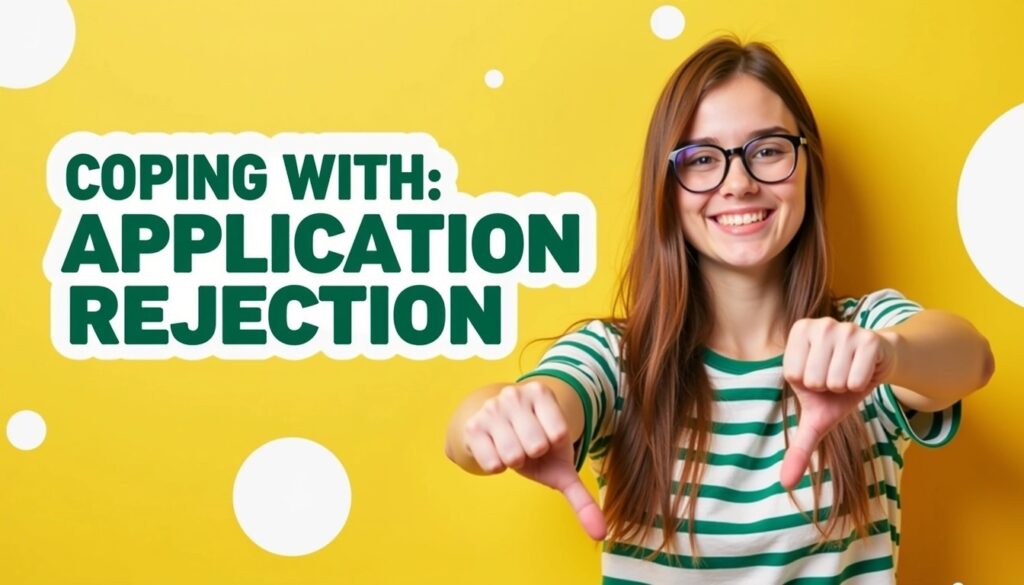The Do’s and Don’ts of Scholarship Applications
For scholarship applications, getting it right may be the distinction between financial support for your schooling and losing a once-in-a-lifetime chance. Although negotiating the process might be tough, knowing the important do&’s and don’t’s could help you distinguish yourself from others. First-time application or seeking to improve your approach, following these key recommendations will make sure your application is polished, professional, and more irresistible for selection panels. We shall first explore the important success secrets.

Do: Research the Scholarship Thoroughly
Before diving into your application, research the scholarship thoroughly. Understand the eligibility criteria, required documents, and deadlines. Tailor your application to reflect your skills and qualifications that align with the scholarship’s values. Reviewing the official website and reading the terms and conditions ensures you’re not missing crucial requirements. This due diligence shows that you’re proactive and dedicated to the opportunity.
Don’t: Miss the Deadline
Missing a scholarship deadline is one of the most avoidable mistakes you can make. Whether it’s an early deadline or a last-minute submission, not adhering to deadlines can cost you the opportunity. Make sure to note the due dates well in advance and aim to submit your application at least a few days early. Being on time demonstrates responsibility and respect for the scholarship organization’s process.
Do: Write a Strong Personal Statement
Your personal statement is your chance to shine and stand out from other applicants. Use this section to highlight your achievements, aspirations, and why you deserve the scholarship. Be honest and authentic, emphasizing your passion, goals, and how the scholarship will help you achieve them. Writing a thoughtful and compelling personal statement can significantly impact the evaluation process.
Don’t: Use Generic Statements or Copy from Others
Avoid generic responses or plagiarizing content in your application. Scholarship committees are looking for originality and sincerity. If you copy someone else’s work or provide vague, unremarkable answers, it won’t impress them. Instead, showcase your unique qualities and provide specific examples that reflect your character, experiences, and goals. This personal touch will make your application memorable.
Do: Proofread and Edit Your Application
One of the most critical steps in the scholarship application process is proofreading. Before submitting, ensure your application is free of grammatical errors, typos, or inconsistencies. A well-polished application not only reflects your attention to detail but also your seriousness about the opportunity. Enlist a friend, teacher, or mentor to review your application for feedback and ensure it’s as strong as possible.

Don’t: Provide Incomplete or Incorrect Information
Providing incomplete or inaccurate information can result in your application being disqualified. Double-check your documents to ensure all required fields are filled out accurately. This includes your academic records, recommendation letters, and personal details. Attention to accuracy demonstrates integrity and helps avoid delays or rejection due to errors.
Do: Seek Strong Recommendation Letters
When scholarship applications require recommendation letters, make sure to request them from individuals who know you well and can speak to your strengths. A strong letter of recommendation can add significant weight to your application. Choose teachers, mentors, or community leaders who can provide concrete examples of your abilities, work ethic, and character. This will help the committee understand your potential beyond what’s written on paper.
Don’t: Overlook the Essay Requirements
Many scholarship applications require an essay component. Don’t underestimate the importance of the essay. Pay attention to word count, theme, and specific prompts. Craft an essay that is thoughtful, clear, and showcases your personality and qualifications. Avoid being too vague or straying off-topic; staying focused on the scholarship’s objectives is key.
Do: Follow the Application Instructions to the Letter
Every scholarship has specific instructions that you must follow. Be sure to adhere strictly to formatting guidelines, document submissions, and any additional requests. Whether it’s submitting a portfolio, personal statement, or an essay, following the application instructions shows you can follow directions and take the application seriously.
Don’t: Rush the Application Process
While deadlines are important, rushing through the application process is not advisable. Take the time to thoughtfully complete each section, reflecting on your experiences and how they align with the scholarship’s purpose. Rushed applications are often incomplete or subpar, which decreases your chances of success.
Frequently Asked Questions:
- What should I do before applying for a scholarship?
Make sure you fulfill all eligibility criteria before requesting, and research thoroughly on free scholarships available.2. How may I help my scholarship application shine?
Present your special abilities, accomplishments, and individual story in a straightforward, brief manner.3. Does following directions really matter?
Certainly, one must strictly follow all application guidelines to avoid disqualifying.4. After the deadline, may I send my application?
Do not submit later than the deadline. Late submissions sometimes go unnoticed.5. Should I rearrange my essay for every scholarship?
By discussing how your aspirations match its values, you will obviously have to apply your essay to the particular scholarship.6. Ought I to seek for several different scholarships?
Applying to all pertinent scholarships will raise your chances of winning.7. In a scholarship composition, what ought I steer clear of?
Personalize your paper and proofreading it; avoid generic language and spell/grammar errors.8. Can I seek assistance with my application?
Seek support on your submission from colleagues, instructors, or mentors for direction and feedback.9. On my application, should I go over the top?
Exaggerating or lying on your application—even if discovered—might result in disqualification.10. Suppose I lack all the needed papers?
Incomplete applications are not to be submitted. Rally all needed files in advance.
Conclusion:
Ultimately, carefully paying attention to both the do&’s and don&’ts is needed to submit a good scholarship application. Make sure you follow all directions, meet deadlines, and give truthful, precise information. By customizing your application to the particular scholarship and displaying your accomplishments well, it is important to present yourself professionally. Conversely, steer clear of typical errors such missing deadlines, submitting incomplete applications, or using general remarks. Staying methodical and considerate throughout the process raises your possibility of getting financial support and moving toward your academic aspirations.








